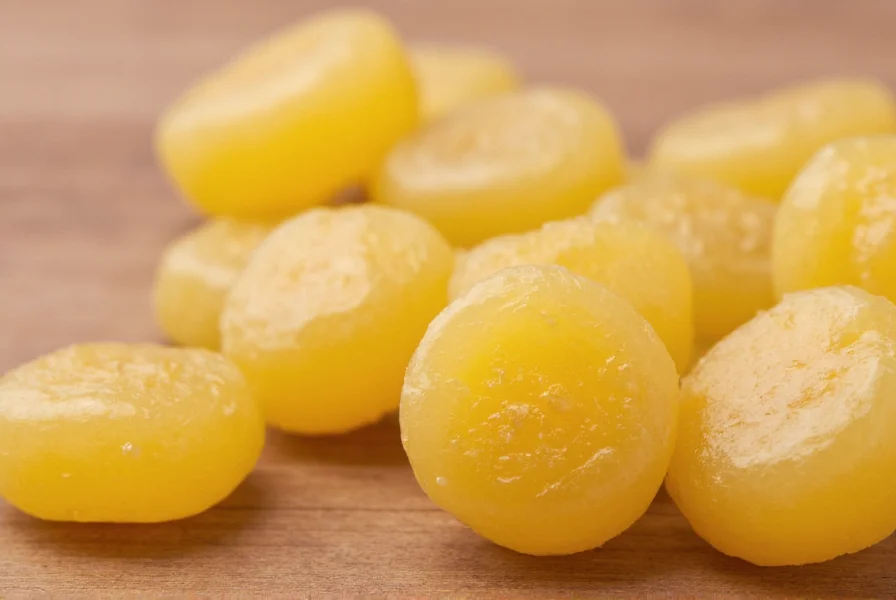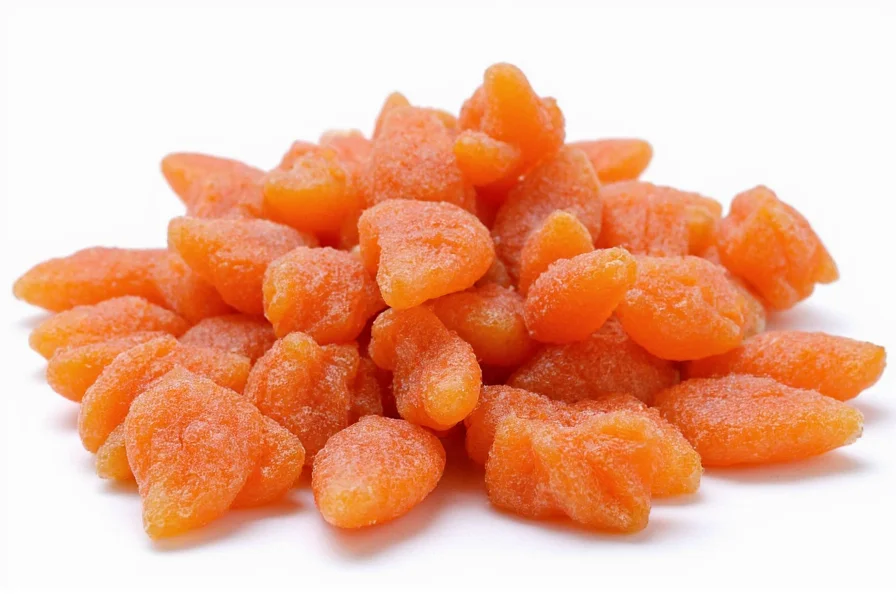Anise candy represents one of the world's oldest flavored confections, with roots tracing back to ancient civilizations that valued aniseed for both culinary and medicinal purposes. Unlike modern artificially flavored sweets, traditional anise candy relies on the natural essence extracted from Pimpinella anisum seeds, which contain anethole—the compound responsible for its signature sweet, aromatic profile reminiscent of licorice but botanically distinct.
The Science Behind Anise Flavor
Many consumers confuse anise with licorice, but they come from completely different plants. True licorice derives from the Glycyrrhiza glabra root, while anise flavor comes exclusively from anise seeds. The similar taste profile occurs because both contain trans-anethole, though anise offers a brighter, more delicate sweetness compared to licorice's deeper, earthier notes. Authentic anise candy contains between 1-3% aniseed extract, providing that characteristic flavor without the intense bitterness sometimes associated with licorice root.

Historical Journey of Anise Candy
Historical records show that ancient Egyptians incorporated aniseed into breads and confections as early as 1500 BCE. Roman naturalist Pliny the Elder documented anise's digestive benefits in his Natural History, noting its use in honey-based sweets. During the Middle Ages, European apothecaries created "aniseed comfits"—sugar-coated seeds used as breath fresheners and digestive aids at royal feasts.
The Industrial Revolution transformed anise candy from a handmade specialty into mass-produced confectionery. Italian immigrants brought their traditional recipes to America in the late 19th century, establishing brands like Tutti Frutti and Parma that specialized in anise-flavored drops and sticks. In Mediterranean countries, anise candy remains integral to religious celebrations—Spanish anisados accompany Christmas festivities, while Greek glino sweets feature at Easter.
Global Varieties of Anise Candy
Different cultures have developed unique interpretations of this classic flavor:
| Regional Variety | Key Characteristics | Traditional Occasions |
|---|---|---|
| Italian Anicini | Small, hard candy drops with intense anise flavor | After-dinner digestive |
| Mexican Dulces de Anís | Chewy, star-shaped candies often mixed with chili | Día de los Muertos celebrations |
| Turkish Lokum (Anise Variety) | Gelatin-based cubes with subtle anise notes | Tea time hospitality |
| French Pastilles d'Anis | Soft, melt-in-mouth discs with herbal complexity | Traditional apéritif accompaniment |
Authentic Production Methods
Traditional anise candy production follows time-honored techniques that preserve the delicate flavor compounds. Artisan makers use steam distillation to extract essential oils from crushed anise seeds, then incorporate this extract into sugar syrups at precise temperatures (typically 240-260°F) to prevent flavor degradation. The candy mixture is either poured into molds for hard candies or pulled and twisted for chewy varieties.
Mass-produced versions often substitute synthetic anethole for natural extract, resulting in a one-dimensional flavor profile. Discerning consumers can identify authentic anise candy by its complex flavor evolution—initial sweet top notes followed by warm herbal undertones and a clean finish, rather than the chemical aftertaste of artificial versions.

Enjoying Anise Candy: Beyond Simple Consumption
Anise candy serves multiple purposes beyond being a standalone treat. Many cultures incorporate it into culinary traditions:
- Digestive aid—Consumed after meals to ease digestion, particularly following rich dishes
- Cocktail enhancement—Dissolved in classic drinks like Ouzo or Sambuca for added complexity
- Baking ingredient—Crushed anise candy adds flavor dimension to biscotti and fruit cakes
- Cultural ritual—Exchanged during holidays as a symbol of sweetness in relationships
For optimal flavor appreciation, allow anise candy to dissolve slowly in your mouth rather than chewing it rapidly. This technique releases the volatile aromatic compounds gradually, creating a more nuanced tasting experience. Pairing with black coffee or espresso enhances the candy's natural sweetness while balancing its intensity.
Identifying Quality Anise Candy
When selecting authentic anise candy, look for these quality indicators:
- Ingredient lists featuring "aniseed extract" rather than "artificial anise flavor"
- Opaque rather than transparent appearance (indicates natural ingredients)
- Complex flavor profile with herbal notes beyond simple sweetness
- Proper texture—hard candies should snap cleanly, chewy varieties should have consistent elasticity
Be wary of products with excessively bright colors or chemical aftertastes, which typically indicate artificial flavorings and lower quality ingredients. Traditional anise candy maintains its flavor integrity for 6-12 months when stored in airtight containers away from moisture.
Frequently Asked Questions
What's the difference between anise candy and licorice candy?
Anise candy and licorice candy come from completely different botanical sources. Anise candy uses flavoring from Pimpinella anisum seeds, while licorice candy derives from Glycyrrhiza glabra root extract. Though both contain trans-anethole creating similar flavor profiles, anise offers a brighter, sweeter taste with herbal notes, whereas licorice has deeper, earthier tones with potential bitterness. Many "licorice" candies in America actually use anise flavoring instead of true licorice root.
Is anise candy safe for everyone to consume?
Most people can safely enjoy anise candy in moderation. However, individuals with estrogen-sensitive conditions should consult physicians before consuming large quantities, as anise contains compounds with mild estrogenic effects. Those with allergies to plants in the Apiaceae family (including fennel, celery, and carrots) may experience reactions. Pregnant women are advised to limit consumption as excessive anise may stimulate uterine activity. Always check ingredient labels if you have specific dietary restrictions.
Why does anise candy taste different from bottle to bottle?
The flavor variation in anise candy stems from multiple factors: the geographic origin of anise seeds (Spanish, Turkish, and Indian varieties have distinct profiles), extraction methods (steam distillation preserves more complex flavors than chemical extraction), sugar composition, and whether additional flavorings like fennel or star anise are incorporated. Artisan producers often use proprietary seed blends and traditional cooking techniques that create unique flavor signatures, while mass-produced versions standardize to a single consistent (but less complex) profile.
Can I make authentic anise candy at home?
Yes, you can create authentic anise candy at home using high-quality aniseed extract and precise temperature control. The basic process involves combining sugar, water, and glucose syrup, heating to the hard crack stage (300-310°F), removing from heat, adding 1-2% aniseed extract, then pouring into molds before cooling. Success requires careful temperature monitoring and working quickly before the mixture sets. For beginners, starting with a tested recipe using aniseed-infused simple syrup may yield better results than working with pure extract.











 浙公网安备
33010002000092号
浙公网安备
33010002000092号 浙B2-20120091-4
浙B2-20120091-4